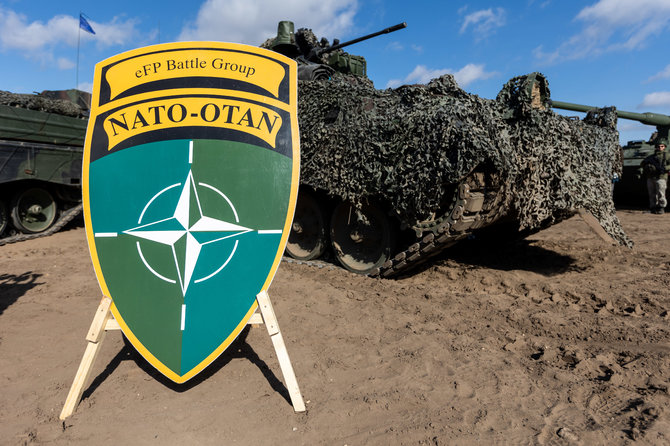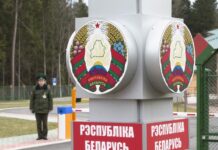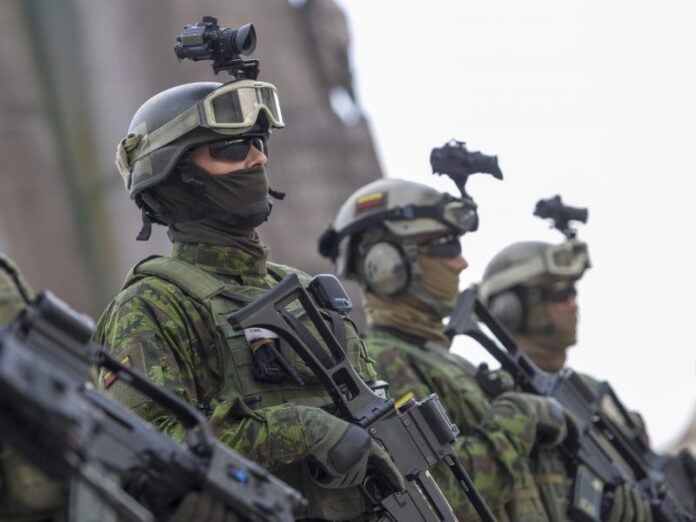
NATO has drawn up defence plans for the Baltic states and has recently presented them to representatives from all member states, reports LRT.lt. The alliance has taken steps to further bolster the security of its eastern flank in the wake of Russia’s full-scale invasion of Ukraine
“The analysis of the presented defence plans is still ongoing”, Lithuania’s Foreign Minister Gabrielius Landsbergis told reporters, adding that they are a “significant step forward … additional forces in the Baltic states are not only a defence factor but also a deterrent factor”.
According to Deividas Matulionis, Lithuania’s ambassador to NATO, Baltic defence plans are expected to be approved in principle by June’s meeting of the alliance’s defence ministers,
The plans essentially provide for defence from the first days of a potential conflict.
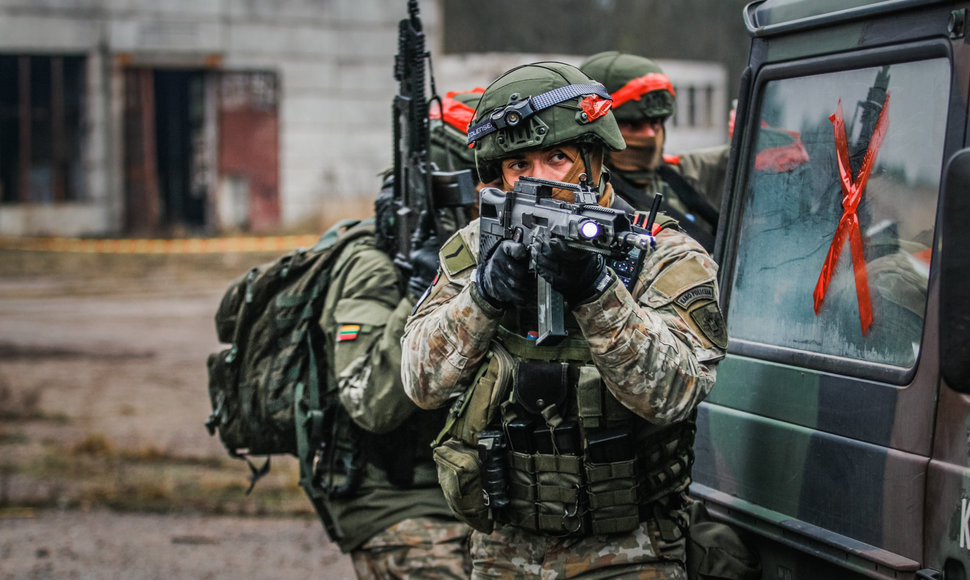 Previously, the approach was that the Baltic countries should try to hold off a Russian offensive until allied reinforcements can arrive to help them. Matulionis noted that the alliance’s supreme commander will be given more powers in the event of an armed conflict against an alliance member. New defence plans not only mean an increased NATO presence on the eastern flank, but also additional commitments for Lithuania.
Previously, the approach was that the Baltic countries should try to hold off a Russian offensive until allied reinforcements can arrive to help them. Matulionis noted that the alliance’s supreme commander will be given more powers in the event of an armed conflict against an alliance member. New defence plans not only mean an increased NATO presence on the eastern flank, but also additional commitments for Lithuania.
Lithuania also expects NATO to agree by the Vilnius summit in July on a commitment for member states to spend at least two percent of their GDP on defense. Lithuania wants Ukraine to be invited to join NATO at the Vilnius summit. Sweden, whose membership is currently blocked by Turkey, is expected to join the alliance by July.
A year has passed since Russia’s full-scale invasion of Ukraine. But despite presenting an urgent wake-up call for Lithuanian officials, the promised plans for society-wide defence are nowhere in sight, writes Kristina Jackūnaitė for LRT.lt. At the moment, members of the public in Lithuania do not know what to do in case of war, according to Saulius Pečeliūnas, a signatory of Lithuania’s Act of Independence. Almost a year ago, the Lithuanian parliament, Seimas, adopted a resolution approving the Strategy for Civil Resistance, but there is still no plan for its implementation, which was to be prepared by September 2022. According to the Defence Ministry, 3,000 people have attended a course on unarmed civil resistance in the past year.
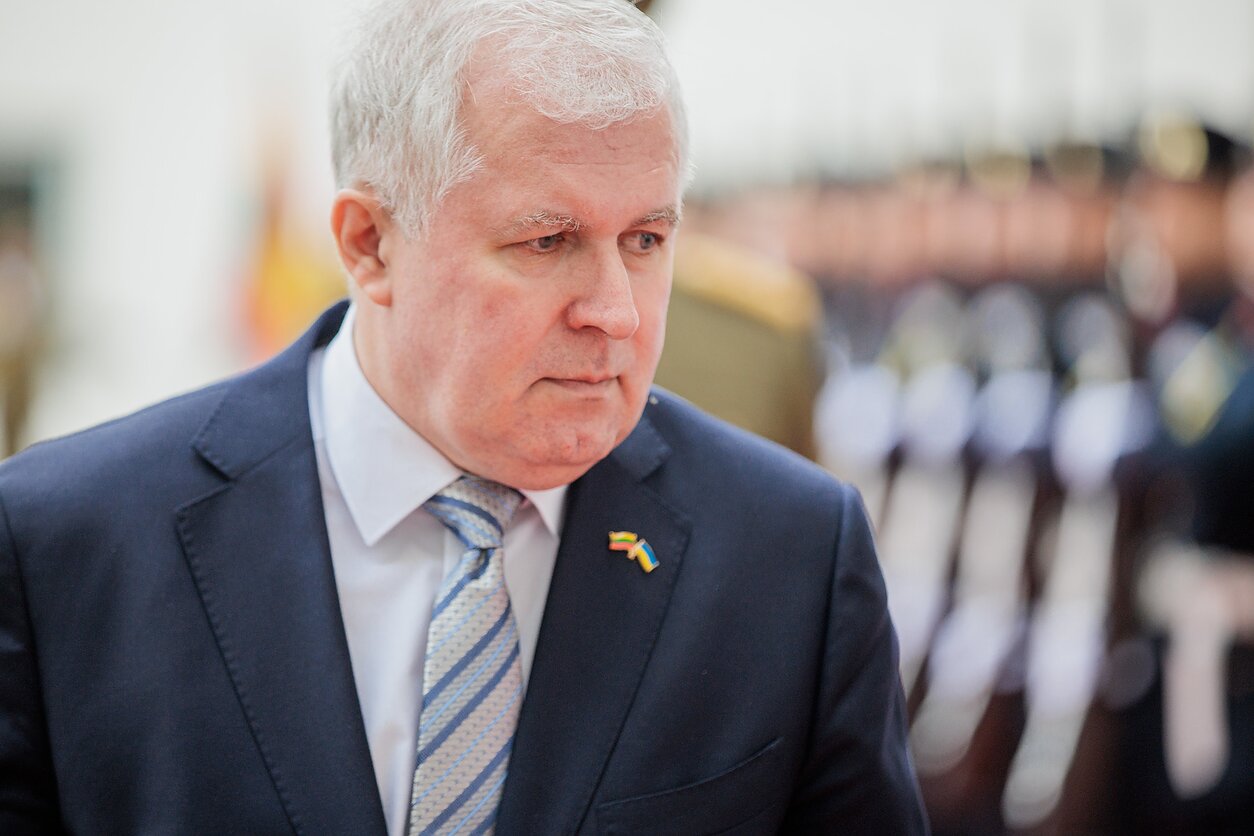
Previously, Defence Minister Arvydas Anušauskas, as well as lawmakers, emphasized the role of the Riflemen’s Union in running civil defence courses. But according to the leadership of the paramilitary group overseen by the government, officials are merely trying to pass the responsibility to the group that currently has over 10,000 members. Lieutenant Colonel Linas Idzelis, commander of the group said: “But homeland defence is everybody’s business – not just for the Riflemen’s Union.”
The stalling preparation to instruct Lithuanian citizens about civil resistance, both armed and unarmed, was recently discussed at a meeting of the parliamentary Committee on National Security and Defence (NSGK). Deputy Defence Minister Žilvinas Tomkus stated that discussions on the implementation of the measures themselves, and the criteria for measuring preparedness had slowed the process. For the time being, the main focus is on professional soldiers and conscripts, i.e., those who have a duty to defend the country.
